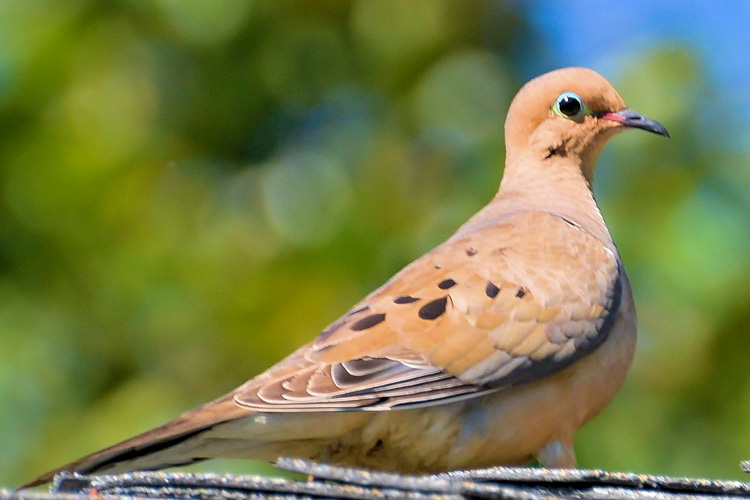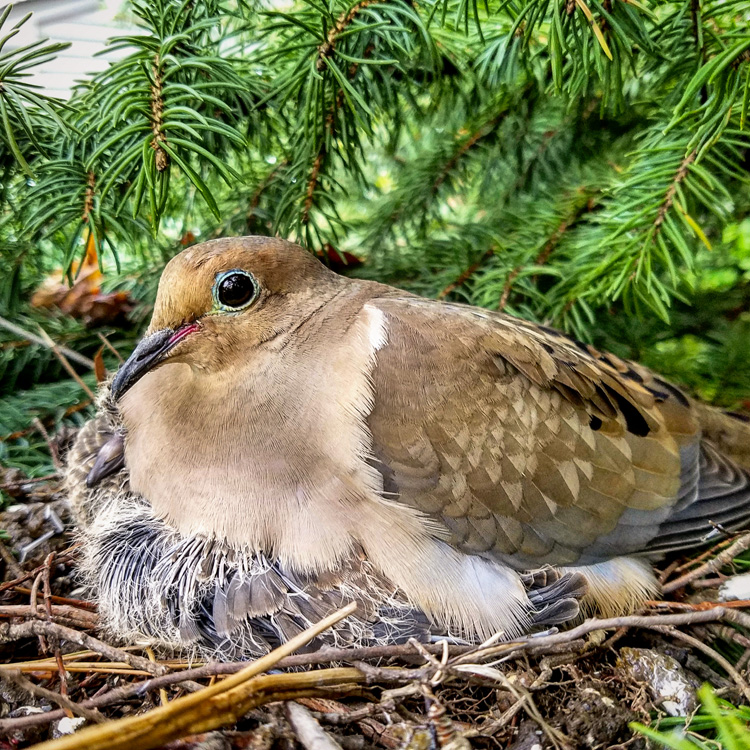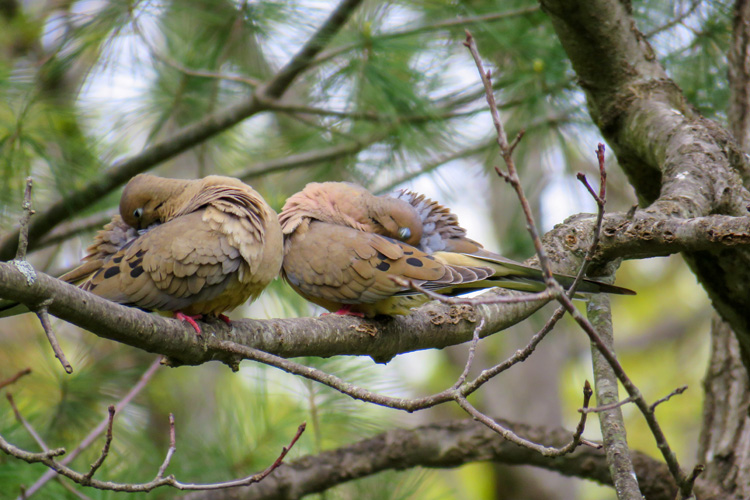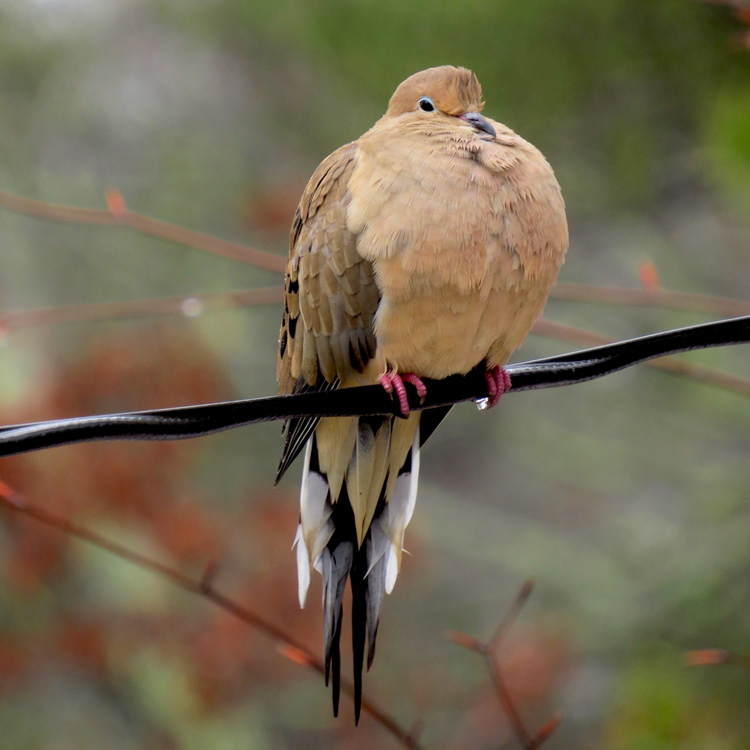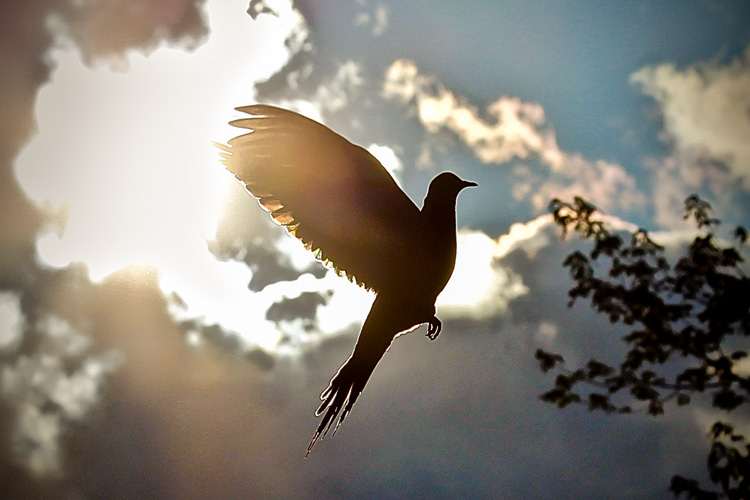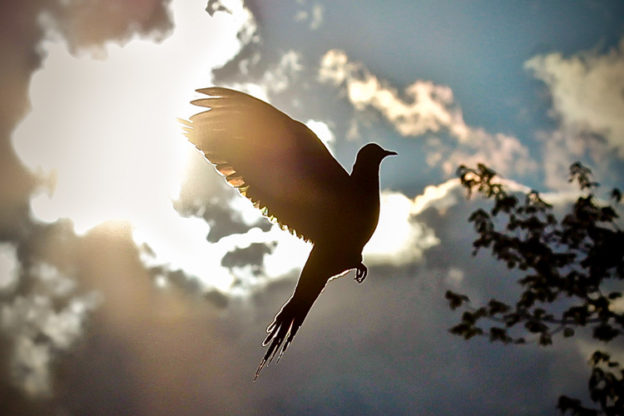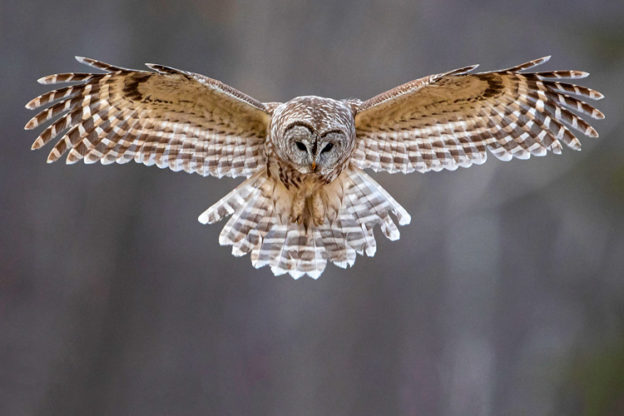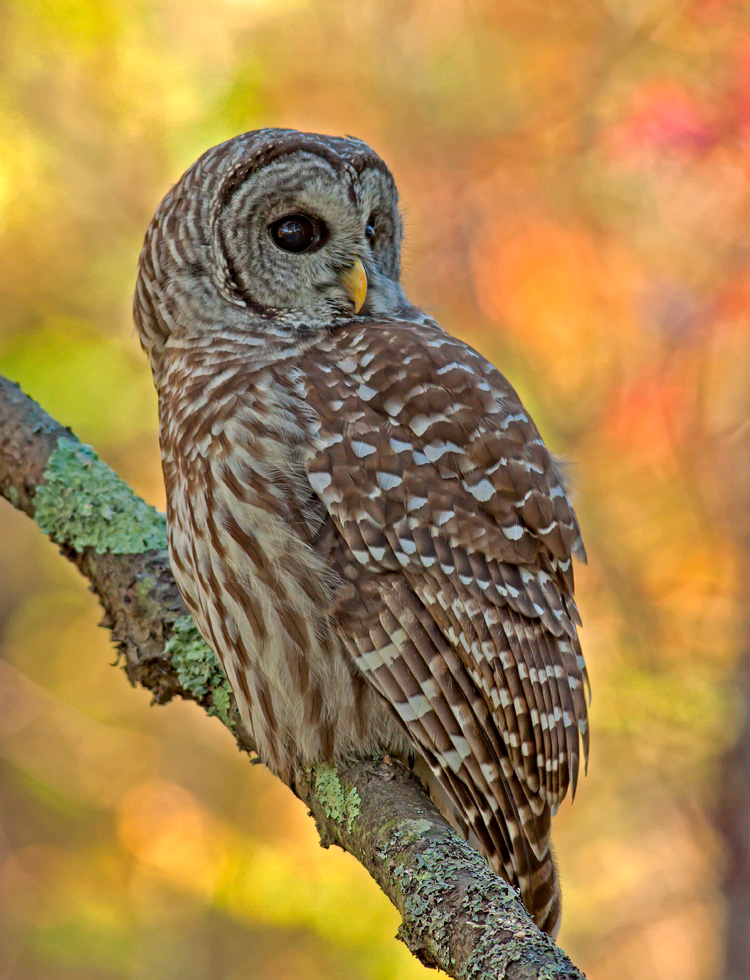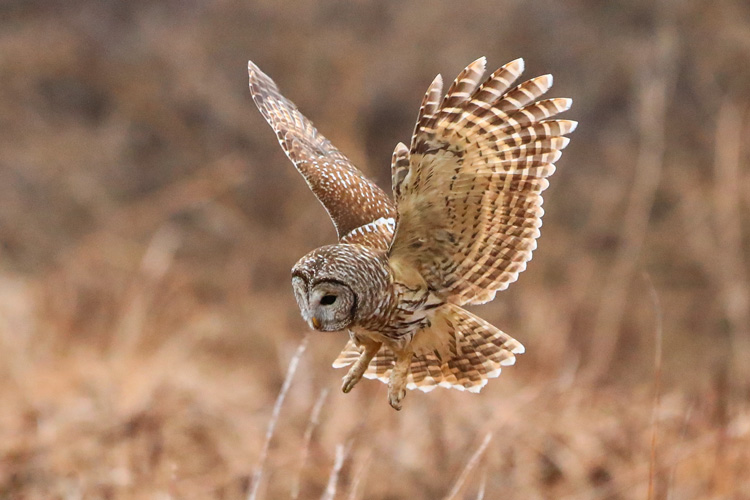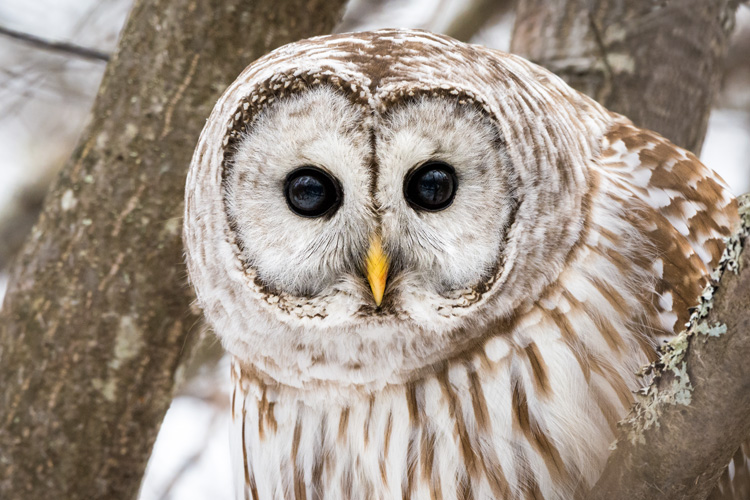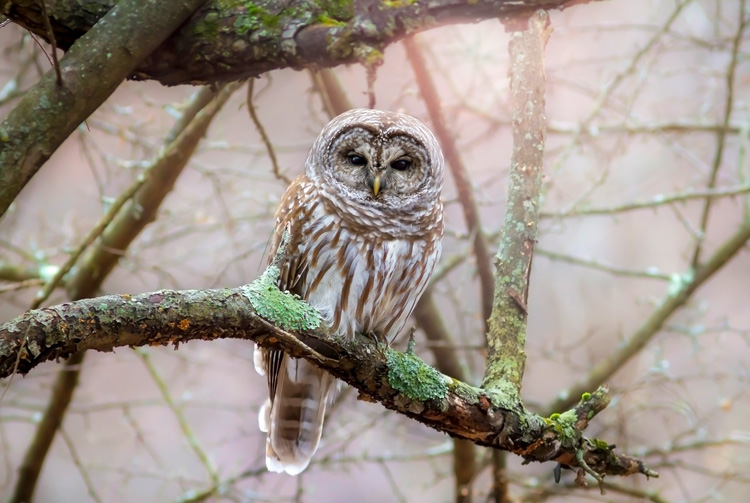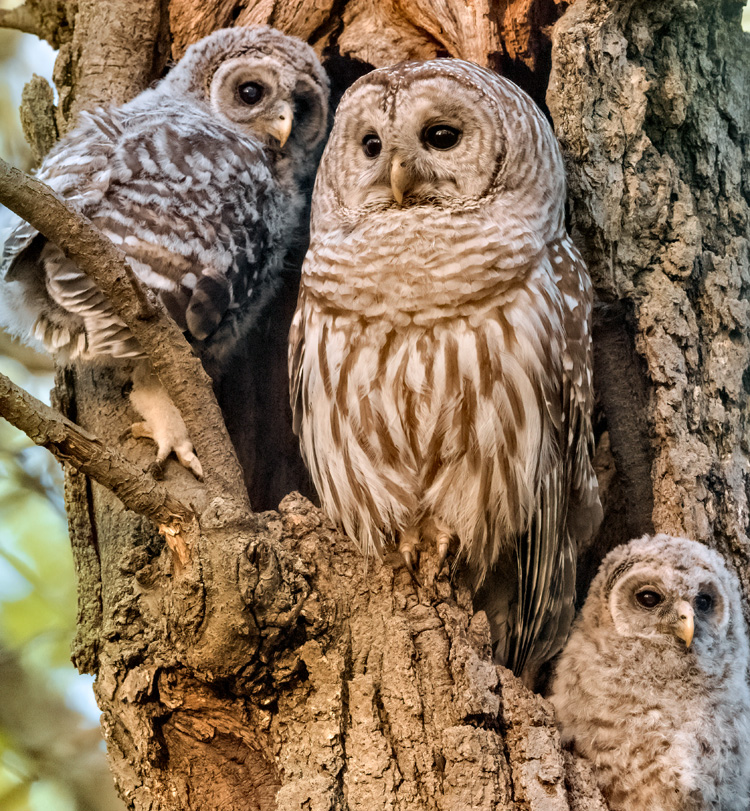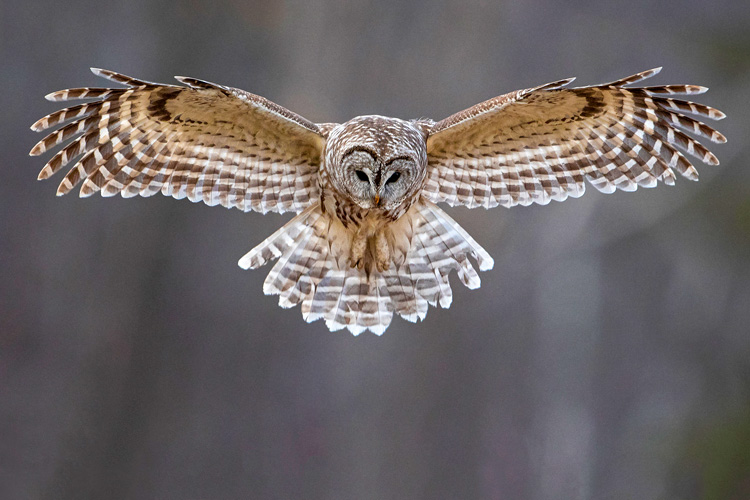Many a novice birder have heard a soft, mournful cooing in their back yard and made a mad dash to their window expecting to see an owl, only to find instead a portly, long-tailed Mourning Dove dressed in shades of soft brown and grey, pecking about for seeds that have fallen from feeders.
On the ground, Mourning Doves often look plump and dainty, walking with mincing steps and bobbing their heads as they look for food. In flight, however, they are entirely different birds. Remarkably swift and agile, they fly straight and fast on whistling wings.
A common sight year-round, Mourning Doves are generally unbothered by humans. When they’re not breeding or nesting, they frequently form large flocks and are often found perching on telephone wires and lamp posts in groups of a dozen or more. They are able to mate throughout the year but typically do so from spring to fall. Breeding pairs are often seen gently preening each other’s necks as a sweet bonding behavior. And while they typically make their nests in bushes and trees, they’ve been known to take advantage of any horizontal surface, such as the back of a wicker patio couch or the upturned head of a push broom left outside!
Here are five fantastic photos of Mourning Doves from our annual Picture This: Your Great Outdoors photo contest—let us know in the comments if you’ve seen any in your neighborhood, particularly any wacky nesting sites!
